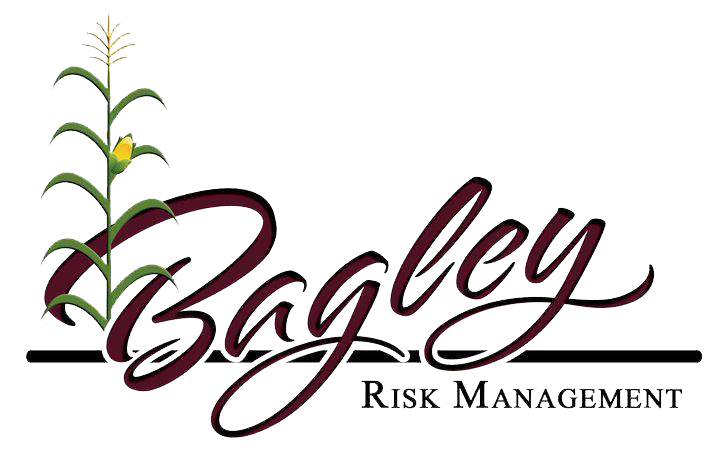Our Bagley Risk Management Diaries
Our Bagley Risk Management Diaries
Blog Article
Expert Support on Threat Evaluation and LRP Insurance Policy Solutions

The Significance of Danger Evaluation
Efficient threat analysis is basic in the decision-making process of any type of company, guiding calculated preparation and source appropriation. By systematically identifying, examining, and focusing on possible threats, organizations can prepare for difficulties, profit from possibilities, and make educated choices to accomplish their goals. Danger analysis enables companies to proactively attend to vulnerabilities, reduce threats, and optimize their risk management approaches.
Among the vital advantages of danger assessment is its function in improving functional performance. By understanding the possible threats that can impact different aspects of business, companies can streamline processes, allocate resources better, and minimize the chance of pricey disturbances. Risk evaluation enables companies to abide with governing requirements, secure their reputation, and develop trust with stakeholders.
Recognizing Potential Losses
To comprehend the influence of threat assessment, it is imperative to comprehend the prospective losses that might dramatically affect an organization's operations and monetary stability. Prospective losses can develop from numerous resources, consisting of all-natural calamities, financial downturns, operational failures, regulatory changes, and cybersecurity breaches. These losses can cause straight prices such as home damages, legal costs, and fines, in addition to indirect expenses like reputational damage and loss of market share.
Understanding potential losses involves conducting an extensive analysis of the dangers that could materialize and approximating the economic influence they might have on the organization. By quantifying these potential losses, businesses can focus on threat reduction efforts and assign resources properly. A thorough understanding of prospective losses enables companies to make educated decisions when choosing risk monitoring approaches, such as buying insurance protection or carrying out risk control actions.
In essence, by recognizing and understanding potential losses, companies can proactively manage threats and secure their long-term sustainability and success.
Function of LRP Insurance Coverage Solutions
The assimilation of LRP insurance policy services within an organization's danger management structure enhances strength and fortifies economic security versus unanticipated adversities. LRP, or Loss Healing Product, insurance policy services play an important duty in reducing the effect of potential losses by supplying monetary security and assistance in times of situation. These insurance coverage remedies are customized to meet the certain demands of businesses, providing insurance coverage for numerous risks such as property damage, service disturbance, responsibility claims, and more.
LRP insurance coverage options aid companies navigate challenging situations by offering a safeguard that permits them to recoup and recuperate from setbacks. By transferring the financial risk to an insurance coverage supplier, organizations can concentrate on their core procedures with better assurance, recognizing that they are protected against significant economic losses. In addition, LRP insurance policy remedies can boost a company's threat monitoring method by supplementing existing danger reduction procedures and making sure detailed security across all areas of potential susceptability - Bagley Risk Management. Generally, the function of LRP insurance coverage services is important in safeguarding businesses and Learn More advertising lasting sustainability.
Identifying Key Threats
In the process of threat evaluation, a critical action involves recognizing essential threats that have the potential to influence an organization's procedures and financial security. Identifying vital dangers requires a thorough assessment of exterior and internal variables that could present threats to the company's purposes. Interior threats may consist of operational click this ineffectiveness, compliance problems, or personnel obstacles, while external threats might encompass financial downturns, governing modifications, or natural disasters.

Additionally, essential threats must be consistently reviewed and upgraded to align with the dynamic organization atmosphere. This proactive technique allows companies to stay in advance of possible dangers and secure their long-term success.
Selecting the Right Protection
Having actually determined the key threats that could affect an organization's operations and monetary stability, the following essential action entails carefully selecting the best protection to effectively manage and minimize these threats. Organizations need to consider their details danger exposure, financial capacities, and strategic objectives when it comes to picking the appropriate insurance you could try this out coverage. It is necessary to perform a thorough analysis of the readily available insurance coverage choices to ensure that the picked protection aligns with the company's threat administration objectives.

Organizations should function closely with knowledgeable insurance policy experts to analyze their risk accounts and recognize the most appropriate insurance policy products to resolve their demands. Tailoring insurance policy protection to particular threats can help enhance defense while reducing unneeded prices. Additionally, organizations must assess policy terms and conditions thoroughly to recognize the extent of protection supplied and any kind of potential exclusions that might influence their threat mitigation techniques.
Final Thought
In final thought, risk analysis is essential in identifying potential losses and selecting the right LRP insurance solutions. Expert guidance can help browse the intricacies of danger evaluation and insurance options, supplying organizations with the required devices to successfully manage and reduce dangers.
Expert advice plays a crucial duty in this procedure, providing valuable understandings into determining and assessing threats, as well as tactically picking proper insurance policy coverage customized to reduce those threats efficiently. A comprehensive understanding of prospective losses enables organizations to make enlightened decisions when picking risk administration approaches, such as buying insurance policy coverage or carrying out threat control steps.

Report this page